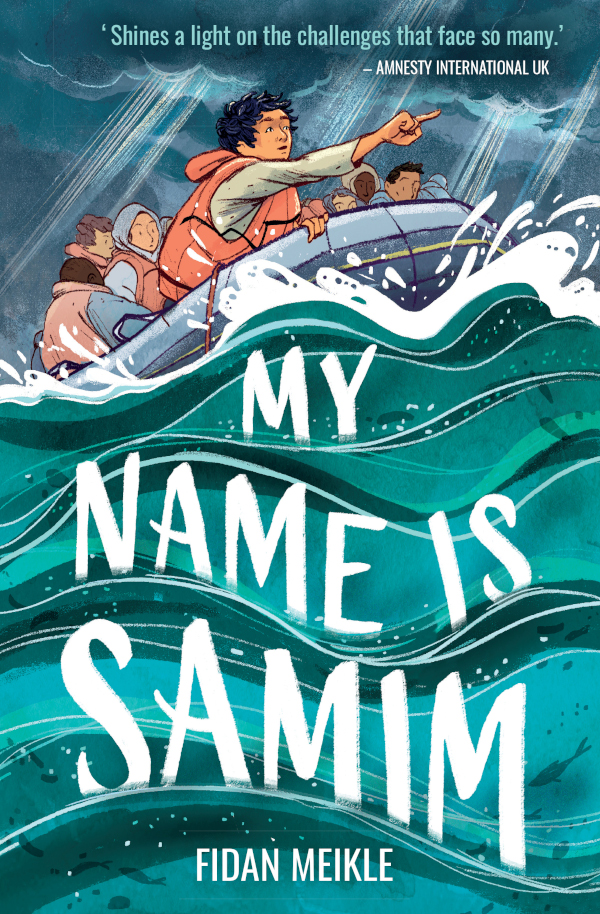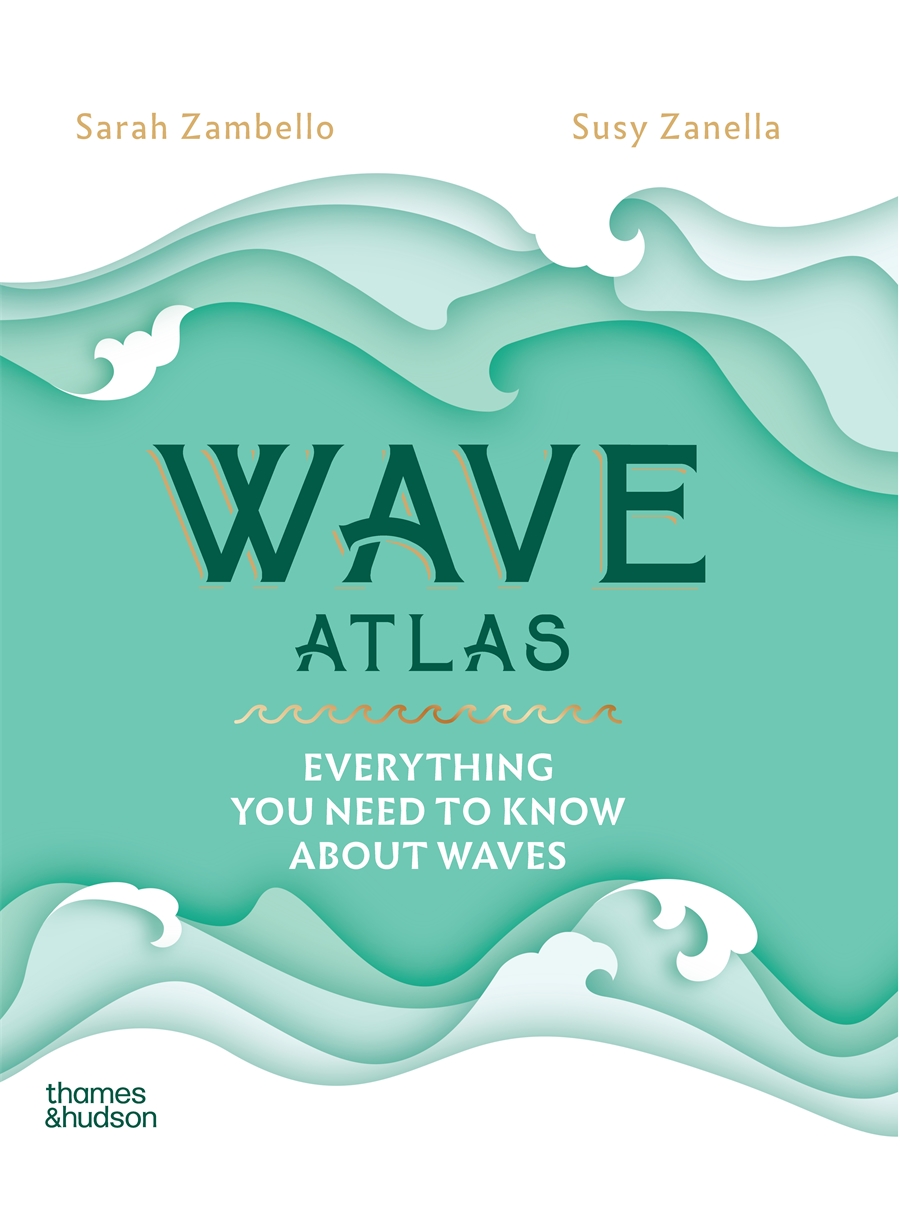
Wave Atlas: Everything you need to know about waves
By Sarah Zambello
Illustrated by Susy Zanella
Produced in collaboration with the University of Genoa, Sea Study Centre
Translated by Emma Mandley
Reviewed by Mia Macrossan
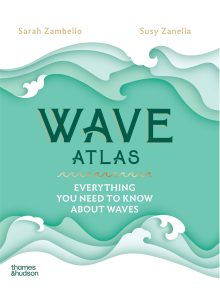 Here is something different in information books – not only is Wave Atlas a carefully researched scientific explanation of what waves are all about but also an inspiring introduction to humanity’s literary and artistic response to the sea.
Here is something different in information books – not only is Wave Atlas a carefully researched scientific explanation of what waves are all about but also an inspiring introduction to humanity’s literary and artistic response to the sea.
The introductory section explains where water came from, how oceans form, and describes curents, tides and waves and more. This is followed by an explanation of how the Douglas Sea Scale measures waves in a wind sea and also measures the swell of the sea. Finally there are sections on wave motions, shoaling and breaking and measuring waves. And excellent glossary and extensive bibliography brings us to page 79 and the end of the book.



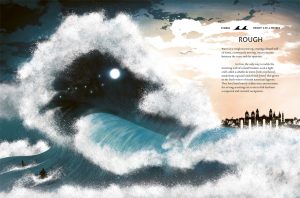
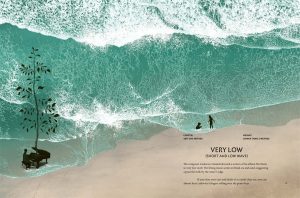
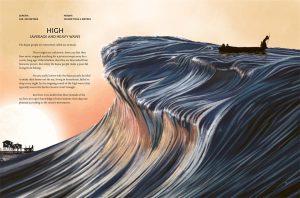 The writing style, chatty, informative, enthusiastic is perfect for the intended audience of children aged 8 and over. The many references to history, art and literature really enrich the subject. These range from all over the world, from The Rime of the Ancient Mariner, The Old Man and the Sea, to Hokusai’s Wave and beyond. There are references to the Lighthouse of Alexandria, the Peruvian caballito de totora, Henning Larsen’s The Wave residential complex and, of course, we learn a lot about Henry Percy Douglas who developed the Douglas Sea Scale.
The writing style, chatty, informative, enthusiastic is perfect for the intended audience of children aged 8 and over. The many references to history, art and literature really enrich the subject. These range from all over the world, from The Rime of the Ancient Mariner, The Old Man and the Sea, to Hokusai’s Wave and beyond. There are references to the Lighthouse of Alexandria, the Peruvian caballito de totora, Henning Larsen’s The Wave residential complex and, of course, we learn a lot about Henry Percy Douglas who developed the Douglas Sea Scale.

